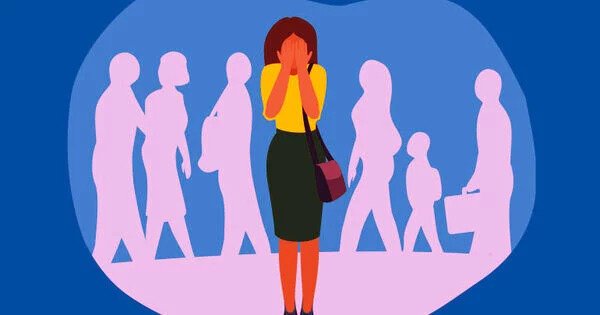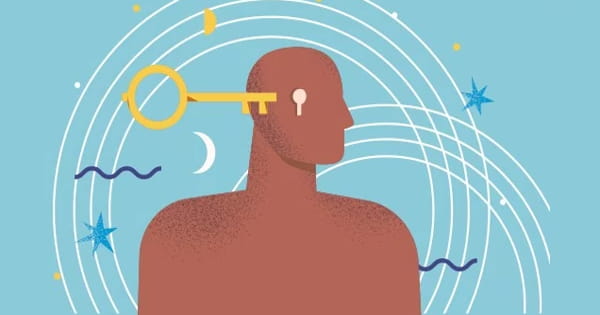Social anxiety disorder is a type of anxiety disorder characterized by intense fear in social situations. It is an anxiety disorder characterized by feelings of fear and anxiety in social situations, causing significant distress and impairing ability to function in at least some aspects of daily life. People with this disorder have difficulty conversing with others, meeting new people, and attending social gatherings. These fears can be triggered by perceived or actual peer pressure. They are concerned about being judged or scrutinized by others. Individuals suffering from social anxiety disorder are afraid of receiving negative feedback from others.
Fear and anxiety in social anxiety disorder lead to avoidance, which can disrupt your life. Severe stress can have a negative impact on your relationships, daily routines, work, school, and other activities. Social anxiety disorder can be a chronic mental health condition, but gaining confidence and improving your ability to interact with others can be helped by learning coping skills in psychotherapy and taking medications.
Causes
The precise cause of social anxiety is unknown. However, current research suggests that it is caused by a combination of environmental and genetic factors. Negative experiences may also contribute to this disorder, such as:
- bullying
- family conflict
- sexual abuse
- emotional abuse
Symptoms
Feelings of shyness or discomfort in certain situations aren’t necessarily signs of social anxiety disorder, particularly in children. Comfort levels in social situations vary, depending on personality traits and life experiences. Some people are naturally reserved and others are more outgoing. Social interaction may cause the following physical symptoms:
- blushing
- nausea
- excessive sweating
- trembling or shaking
- difficulty speaking
- dizziness or lightheadedness
- rapid heart rate
Excessive blushing, excessive sweating, trembling, palpitations, and nausea are common physical symptoms. Stammering and rapid speech may be present. Panic attacks can also occur in the presence of extreme fear and discomfort. Some affected individuals may use alcohol or other drugs to alleviate social anxiety and inhibitions. It is common for people suffering from social phobia to self-medicate in this way, especially if they are undiagnosed, untreated, or both; this can lead to alcoholism, eating disorders, or other types of substance abuse disorders. SAD is also known as an illness of missed opportunities because “individuals make major life choices to accommodate their illness.”
According to ICD-10 guidelines, the main diagnostic criteria of social phobia are fear of being the focus of attention, or fear of behaving in a way that will be embarrassing or humiliating, avoidance and anxiety symptoms. Standardized rating scales can be used to screen for social anxiety disorder and measure the severity of anxiety.
Treatment
Cognitive behavioral therapy is the first line of treatment for social anxiety disorder (CBT). SSRIs, particularly paroxetine, are effective treatments for social phobia. CBT, whether delivered individually or in a group setting, is effective in treating this disorder. The cognitive and behavioral components aim to alter thought patterns and physical responses to anxious situations.
With the approval and marketing of drugs for the treatment of social anxiety disorder, awareness of the disorder has grown significantly since 1999. Antidepressants are prescribed in several classes, including selective serotonin reuptake inhibitors (SSRIs), serotonin-norepinephrine reuptake inhibitors (SNRIs), and monoamine oxidase inhibitors (MAOIs). Beta blockers and benzodiazepines are two other commonly used medications.
















